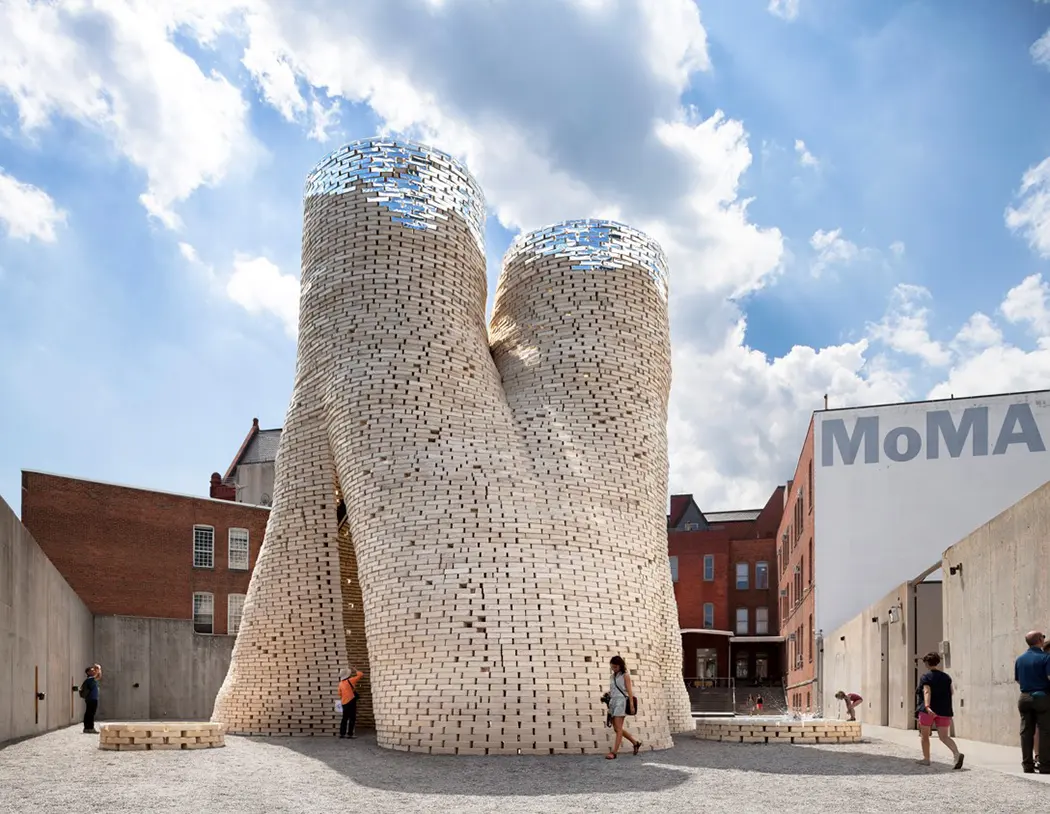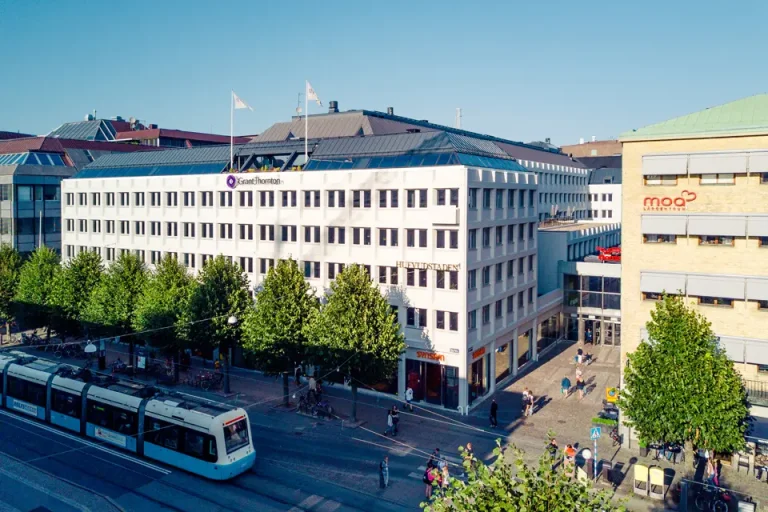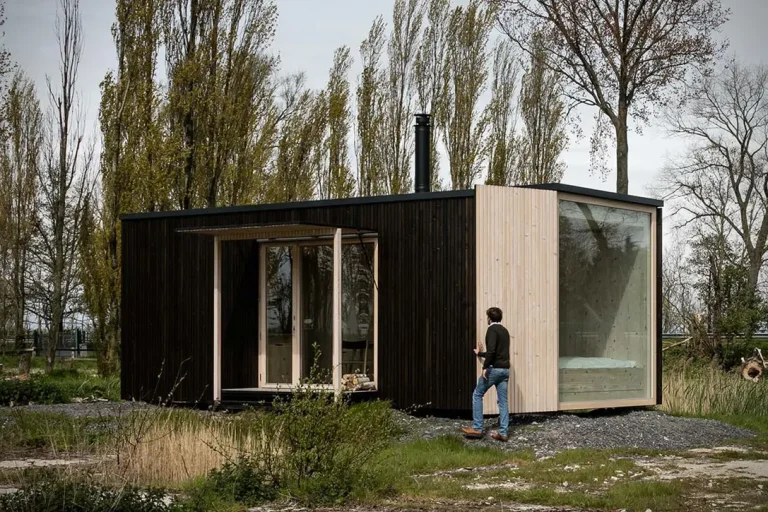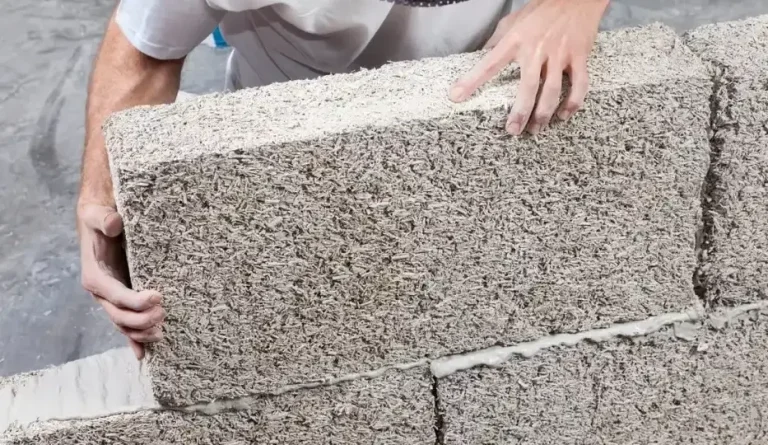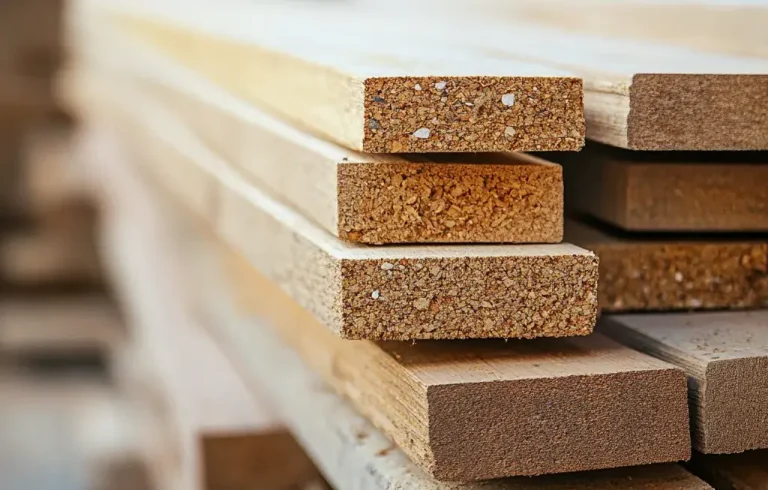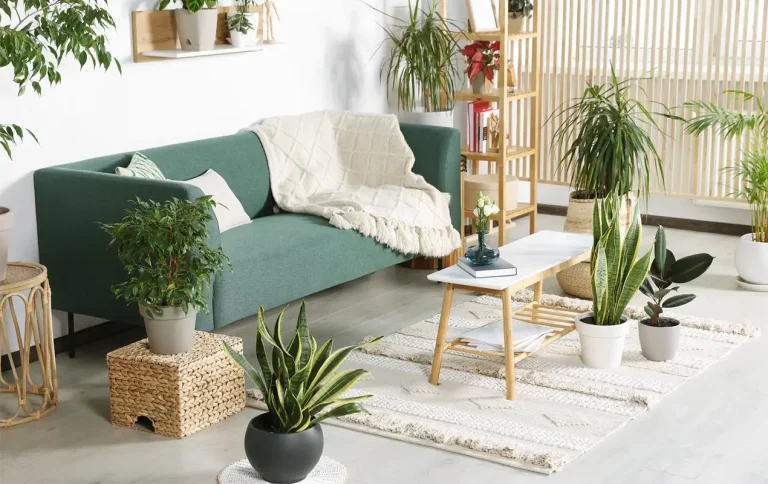Innovative Sustainable Building Materials for Eco‑Friendly Homes – Buy Guide
Transforming Construction: Why Innovative Sustainable Building Materials Matter
Leading Innovations in Sustainable Building Materials
Below is a breakdown of several high-potential, cutting-edge sustainable building materials. For each, we’ll explain how they work, why they’re beneficial, what problems they address, and real-world product or adaptation examples.
Cross‑Laminated Timber (CLT)
Cross‑Laminated Timber (CLT) is an engineered wood panel product made by gluing together layers of dimensional lumber in alternating (cross-wise) directions. This cross lamination gives it dimensional stability, high strength, and allows CLT panels to be used for walls, floors, and roofs, including in multi-story construction.
One of its key advantages lies in carbon sequestration: as trees grow, they absorb CO₂; CLT retains that carbon in the structure for as long as the building stands. Moreover, CLT requires far less energy in construction and assembly compared to concrete and steel, and construction times are often faster due to prefabrication.
Use cases & problem solving:
-
In mid- to high-rise mass timber buildings, CLT reduces reliance on steel and concrete, lowering the carbon footprint while maintaining structural performance.
-
In residential or commercial settings where fast assembly is needed, prefabricated CLT panels shorten construction schedules.
-
It addresses issues of thermal efficiency, because wood inherently has better insulation than steel or concrete, reducing heating and cooling loads.
Considerations: Moisture control is critical. Wood needs protection from rot, moisture ingress, and pests. Fire design must incorporate charring calculations and active fire protection systems. Connections between panels (mechanical fasteners, adhesives) must be carefully engineered.
Green or Low‑Carbon Concrete / Geopolymer Concrete
Traditional Portland cement is highly carbon-intensive, so alternative “green concretes” are gaining attention. One such approach is geopolymer concrete, which replaces a portion of cement with industrial by‑products like fly ash or ground granulated blast furnace slag (GGBS). This can reduce CO₂ emissions by a significant margin (studies suggest up to ~80%) compared to typical cement usage.
Separately, researchers have advanced self‑healing carbon concrete (sometimes referred to as “concrete batteries”) that integrates conductive carbon elements, enabling the concrete to conduct electricity and potentially store energy.
Use cases & problem solving:
-
Geopolymer concrete is ideal for structural slabs, foundations, precast elements, or any location where you would normally use regular concrete. It helps reduce embodied carbon in structural systems.
-
Self-healing concrete adds durability: cracks that would normally degrade the material over time can be sealed autonomously, reducing maintenance and extending service life. In some versions, energy storage is embedded, turning structural elements into functional components.
Considerations: Availability of suitable industrial by-products (fly ash, slag) depends on region. Quality control is critical to ensure properties like compressive strength, shrinkage, and durability. Standardization and code acceptance are still catching up in many markets.
Mycelium / Mushroom-Based Composites
Mycelium-derived composites are created by growing the root structure of fungi (mycelium) through agricultural waste substrates (e.g. hemp stalks, corn husks, wood chips). The mycelium binds the substrate into solid, lightweight panels or blocks. Companies like Ecovative develop MycoComposite materials for insulation, wall panels, and other structural or semi-structural elements.
These composites are biodegradable, fire‑resistant (subject to treatment), and require little energy to produce. They also use low-value waste streams and can be grown locally.
Use cases & problem solving:
-
As insulation panels or infill for lightweight partitions, mycelium composites offer thermal and acoustic insulation with low embodied energy.
-
Because they are biodegradable, they enable truly circular building systems (recovery or composting at end of life).
-
They can mitigate waste from agricultural by-products by turning them into value-added building components.
Considerations: Their compressive strength is often limited compared to structural materials; thus, they are best used in non-load-bearing or composite systems. Stability under humidity or moisture must be managed carefully. Scaling production and achieving consistent quality are ongoing challenges.
Ferrock
Ferrock is an emerging alternative to traditional concrete made from recycled steel dust, silica, and binders. Unlike conventional concrete, Ferrock hardens through CO₂ absorption (carbonation) rather than emitting CO₂ during curing.
In some formulations, Ferrock exhibits high strength, and is well-suited for certain structural or infrastructure applications. It is also corrosion-resistant and potentially stronger than conventional concrete in some settings.
Use cases & problem solving:
-
Structural elements (beams, slabs) or components in aggressive environments (coastal, marine) where corrosion is an issue.
-
Infrastructure or precast concrete parts aiming for lower carbon footprint.
-
Projects seeking to integrate carbon sequestration into the built environment.
Considerations: Because it is an emerging material, long-term performance data is limited. Local availability, standard compliance, and acceptance in structural codes may be restrictive.
Transparent / Translucent Wood
Transparent wood is a hybrid material created by removing lignin (the dark, light-blocking component in wood) and replacing it with a transparent polymer. The result is a strong, light-transmitting panel with better insulation properties than glass.
It offers the warmth and renewable qualities of wood, with light-transmission functionality useful for windows, skylights, or facade elements. It also provides better thermal insulation than conventional glazing, potentially reducing energy loads.
Use cases & problem solving:
-
In facades, skylights, or internal partitions where daylight is desired but you also want insulation and reduced heat loss/gain.
-
In applications where you want natural aesthetics with functional transparency but less reliance on conventional glass (which is energy-intensive).
-
Hybrid windows combining transparent wood with traditional glass to optimize performance.
Considerations: Manufacturing is still scaling; clarity, color stability, and long-term durability under UV and weather need further research. Optical distortion or clarity might not match glass. Cost is currently high due to complex processing.
Real-World Product Examples
Below are five real or commercially developed products or systems that embody these innovative sustainable materials. For each, we provide product details, benefits, use cases, and how/where to purchase or source.
1. Ecovative MycoComposite Insulation Panels
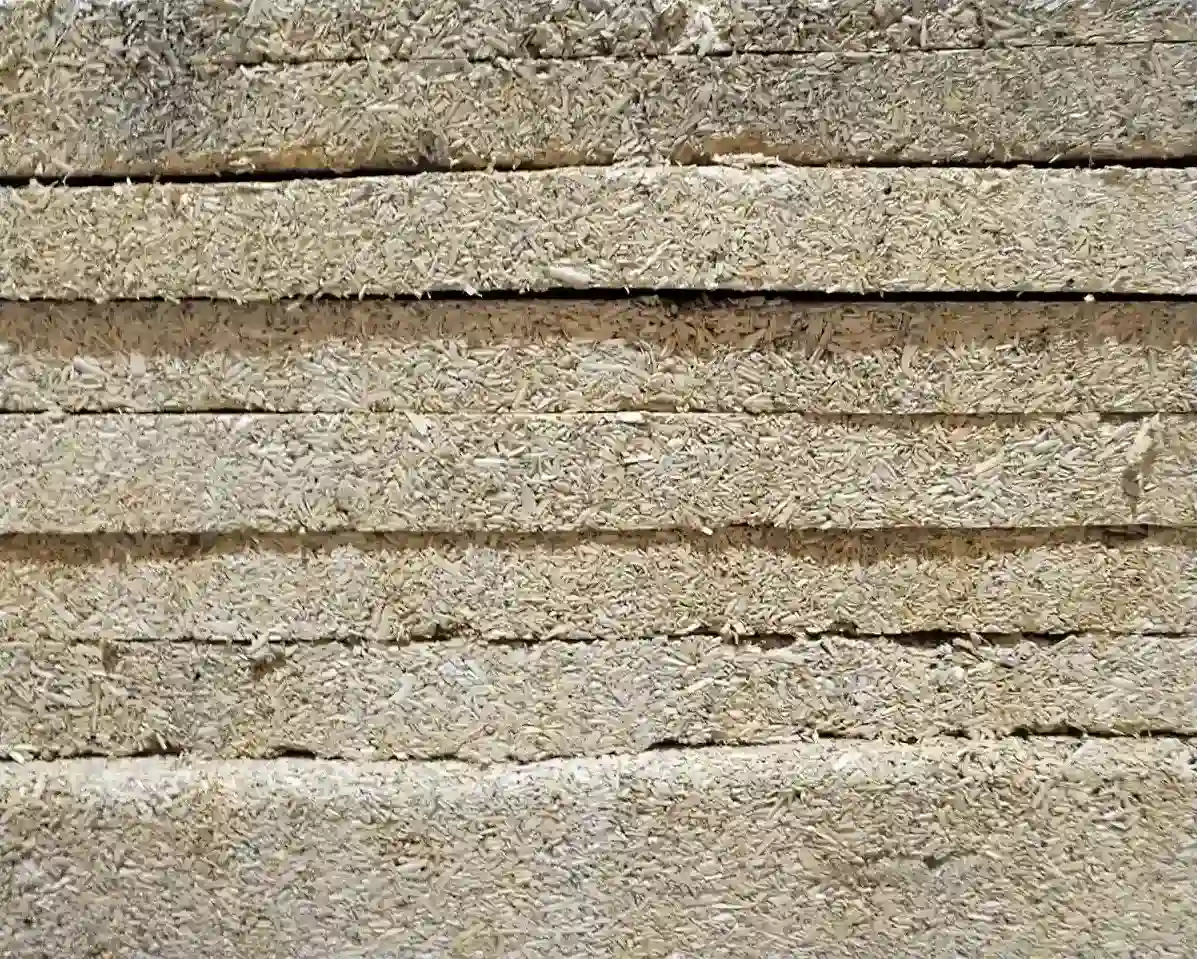
Ecovative’s MycoComposite panels are grown from mycelium and agricultural waste. They can be molded into blocks, boards, or shapes to be used as insulation, interior paneling, or packaging.
Benefits:
-
Low embodied energy and low carbon
-
Biodegradable at end-of-life
-
Good thermal and acoustic insulation
-
Uses waste substrates, creating value from low-cost inputs
Use case: Use as rigid insulation panels behind drywall, in wall cavities, or in prefabricated systems. Their lightweight nature simplifies handling. In passive or low-energy homes, they help reduce heating/cooling loads while supporting circular material cycles.
Where to buy / how to order: Ecovative MycoComposite Insulation Panels
2. Low‑Carbon / Geopolymer Concrete Systems
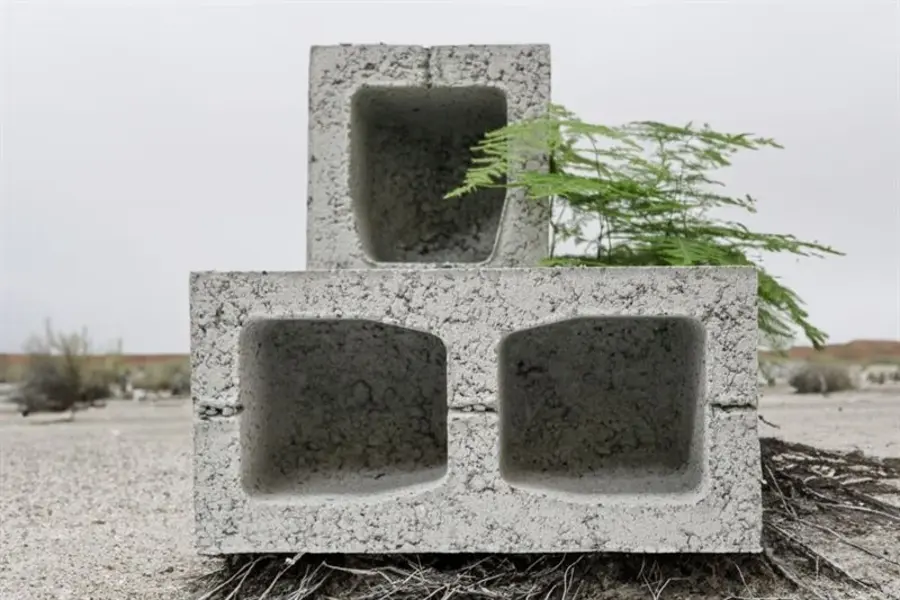
Some commercial blends combine industrial by-products (fly ash, slag) to create geopolymer concrete that meets standard structural requirements but with reduced carbon footprint. While no single “brand” is universal, many concrete suppliers now offer “low-carbon concrete” options.
Benefits:
-
Up to ~70–80% lower CO₂ compared to standard Portland cement systems
-
Good mechanical performance and durability
-
Can often be used with conventional formwork, placement, and finishing techniques
Use case: Use for foundation slabs, floor slabs, precast elements, or structural beams and columns. Ideal when wanting structural performance with lower carbon impact.
Where to buy / how to source: Low‑Carbon Geopolymer Concrete
3. Kaynemaile Architectural Mesh (RE/8 Bio-circular Mesh)
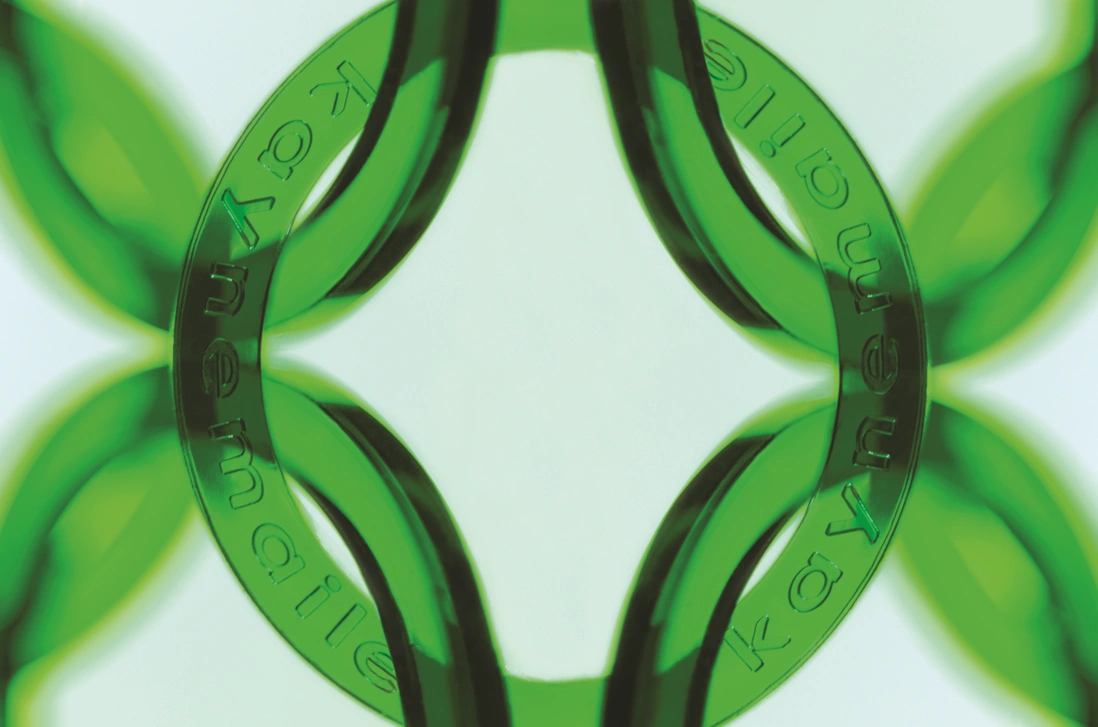
Kaynemaile produces a flexible architectural mesh made from polycarbonate or bio-circular materials. Their RE/8 Bio-circular mesh is designed with sustainability in mind and is used as facade screening, shading, and decorative cladding.
Benefits:
-
Lightweight, aesthetic mesh for facades or shading
-
Recycled or bio-circular materials reduce environmental impact
-
Flexible and adaptable for curved or complex geometries
Use case: Use as exterior shading, visual screens, breezeways, or decorative facades. It can mitigate solar heat gain while providing architectural expression. In tropical climates, such meshes help reduce cooling load by filtering sun and promoting airflow.
Where to buy / how to procure: Kaynemaile Architectural Mesh
4. Accoya (Modified Sustainable Wood Products)
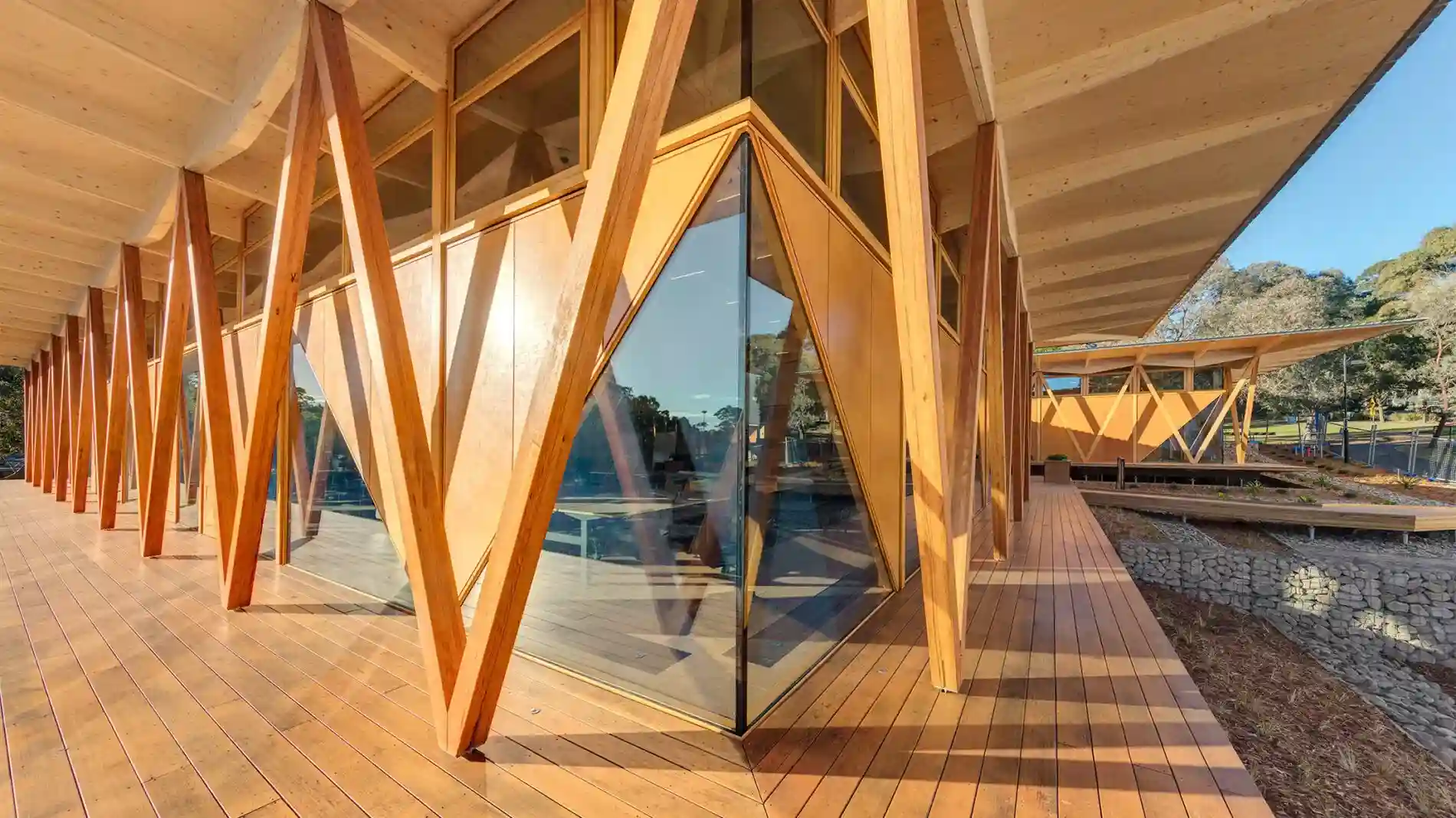
While not entirely new, Accoya is a high-performance modified wood product (using acetylation) that increases durability, dimensional stability, and lifetime, all while being sourced from sustainably managed forests. It’s often used for cladding, windows, decking, and structural timber.
Benefits:
-
Long lifespan (often with 50+ year warranties)
-
Low maintenance, stable in varying humidity
-
Aesthetic wood look with enhanced durability
-
Certifiable FSC or PEFC supply chains
Use case: Use for external cladding, joinery, windows, decking, or exposed structural wood elements where durability and appearance matter. It allows using wood in harsher climates with fewer failures.
Where to buy / how to procure: Accoya Modified Sustainable Wood
5. Ferrock (Carbon-Sequestering Binding Material)
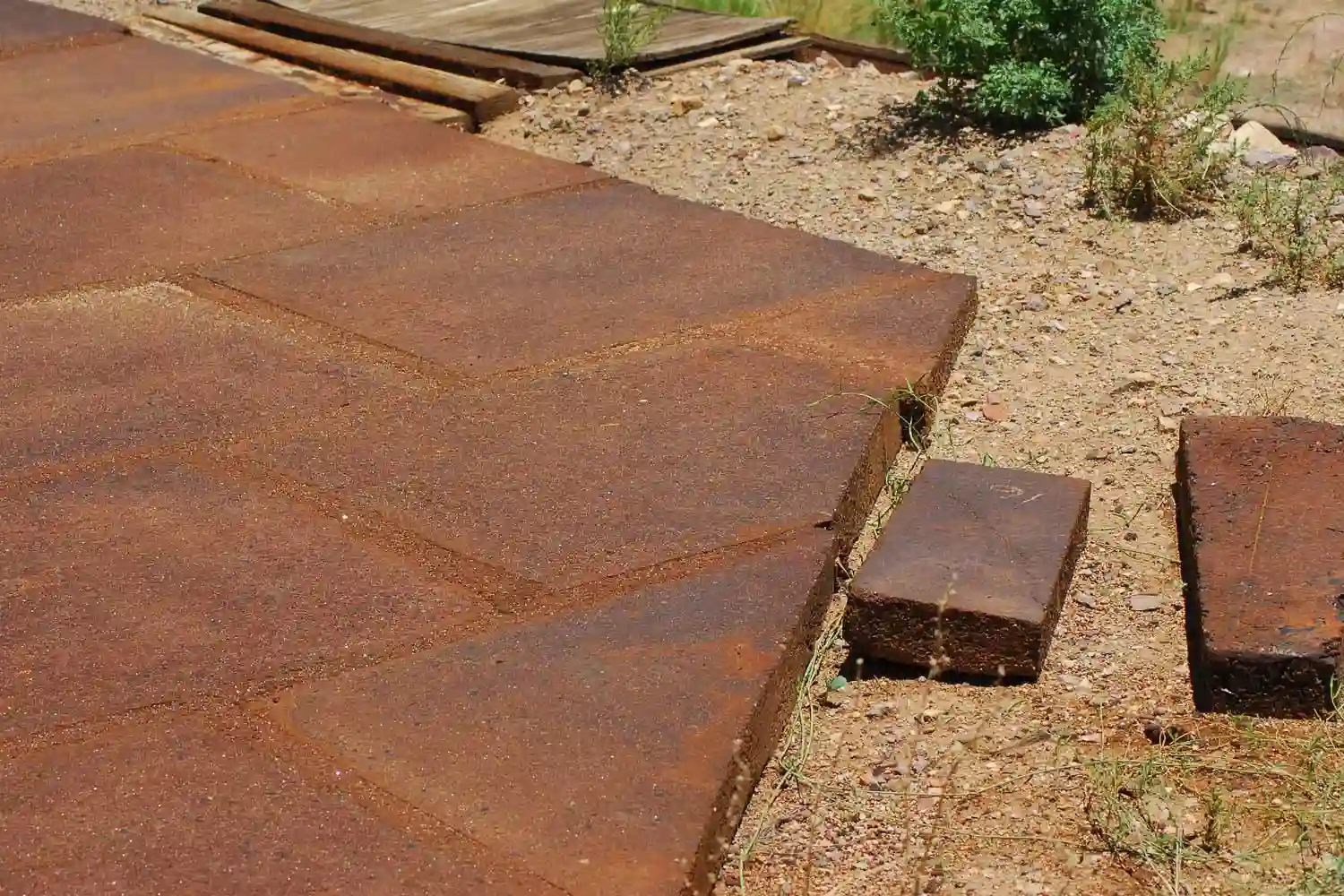
Ferrock, as mentioned above, is a binding material that hardens via carbonation and uses recycled inputs like steel dust. Some early commercial blends and pilot products have been produced for precast or structural elements.
Benefits:
-
Sequesters CO₂ during curing
-
High strength and durability in some formulations
-
Uses waste from steel and glass industries
Use case: Use in precast panels, structural slabs, floor tiles, or facade cladding where a binder with low environmental impact is desired. It’s ideal in projects aiming for carbon-negative or carbon-neutral structural systems.
Where to buy / how to source: Ferrock Carbon Sequestering Binding Material
Deep Dive: Benefits & Performance Drivers
For each of these materials and systems, the real value comes from the benefits they deliver. Below we explore those in more depth.
Carbon Reduction & Carbon Sequestration
-
CLT stores biogenic carbon locked in wood, giving a carbon credit for every cubic meter used.
-
Geopolymer or green concrete reduces emissions compared to Portland cement by substituting high-carbon components.
-
Ferrock absorbs CO₂ during curing, creating net sequestration.
-
Mycelium composites use low-energy processes and convert waste into structure, indirectly reducing emissions.
-
Transparent wood retains the carbon in wood while offering functional performance (light transmission).
These materials help shift buildings from being net carbon emitters to net carbon savers or lower emitters across lifecycle assessments.
Energy Efficiency & Thermal Performance
-
Wood-based systems and bio-based insulation (mycelium, modified wood) generally have lower thermal conductivity, improving building envelope performance.
-
Composite panels or hybrid elements (CLT + insulation) allow for thinner wall thicknesses while maintaining insulation.
-
Transparent wood supports daylighting while reducing thermal losses compared to glass.
-
Geopolymer concrete with embedded insulation or hybrid systems can reduce heating/cooling demands.
Combined, these improvements allow smaller HVAC systems, reduced energy bills, and better occupant comfort.
Durability, Maintenance & Lifecycle Resilience
-
CLT, when properly detailed and protected, can last decades with minimal maintenance.
-
Modified wood products like Accoya resist rot and dimensional changes.
-
Self-healing concrete or carbon-based concrete helps reduce crack propagation and repair costs.
-
Ferrock and geopolymer materials may offer improved corrosion resistance in certain environments.
-
Mycelium panels are biodegradable but require protection; for non-exposed use cases they can perform well.
Longer lifespans and less repair mitigate lifetime costs and environmental burdens.
Health, Indoor Air Quality & Sustainability
Materials made without toxic adhesives, volatile organic compounds (VOCs), or heavy processing reduce indoor air quality risks. Bio-based materials often breathe and moderate humidity. Choosing sustainably harvested or waste-derived inputs supports circular economy ethics.
Application & Integration: How to Use These Materials
System Design & Hybrid Approaches
Most of these materials are best used in a hybrid system combining structural, envelope, insulation, and finish layers. For example:
-
A building might use CLT panels as structural + enclosure, combined with mycelium insulation panels behind interior finishes.
-
Exterior façades could integrate transparent wood windows with thermally broken frames and low-carbon concrete structural elements.
-
Structural floors could be green concrete or Ferrock slabs, topped with sustainable finishes like bamboo plywood or Accoya decking.
-
Architectural screening elements (Kaynemaile mesh) could shade facades and reduce solar gain.
The design must consider interfaces carefully: moisture control, thermal bridging, structural connections, and expansion/contraction differences.
Detailing Moisture Management
Many bio-based or wood-derived materials need protection from moisture ingress:
-
Use capillary breaks, flashings, overhangs, and rain screens in wall assemblies.
-
Use breathable membranes where required.
-
Isolate bio-materials from direct contact with wet soil or standing water.
-
Provide drainage plane layers and ventilation behind cladding or facades.
Testing, Certification & Code Compliance
-
Always request technical datasheets (thermal conductivity, compressive strength, fire rating, decay resistance).
-
Seek materials with third-party certifications or testing (e.g., fire tests, ASTM/ISO standards).
-
Check local building codes for acceptance of novel materials (especially for structural or fire-rated components).
-
Engage structural and fire engineers early.
Buying Guide: How & Where to Buy
Steps to Buying Sustainable Building Materials
-
Define performance requirements (strength, insulation, fire rating, moisture resistance).
-
Search for local or regional suppliers who carry sustainable or novel materials (mass timber suppliers, green concrete producers, specialty bio-material firms).
-
Request samples or small order panels to test for compatibility, working properties, durability.
-
Get technical and certification data from suppliers (lab tests, third-party validated specs).
-
Check transportation and logistics – some bio or waste-derived materials are bulky.
-
Negotiate pricing & lead times – many innovative materials have longer production or custom batching.
-
Order through supplier portals or direct negotiation – include call-to-action buttons or affiliate links to drive conversions.
Regional Considerations
-
In your country or region, check whether mass timber or CLT supply exists or must be imported.
-
For geopolymer or green concrete, ensure that fly ash, slag, or suitable by-products are available locally.
-
Mycelium or bio-materials may be niche; coordinate with startup firms or university spin-offs.
-
Confirm shipping, handling, and compatibility with climate (humidity, rainfall) in tropical or coastal zones.
Putting It All Together: Example Project Workflow
Imagine you’re building a sustainable house:
-
Structure: Use CLT panels with bracing and engineered connectors.
-
Facade / Cladding: Use Accoya wood cladding or transparent wood for selective daylighting.
-
Screening / Sun control: Use Kaynemaile mesh as an external shading layer.
-
Insulation / Infill: Use Ecovative mycelium panels, possibly combined with mineral wool or recycled cellulose.
-
Slabs / Ground Floor: Use geopolymer concrete or Ferrock for lower embodied carbon and structural strength.
-
Detailing: Design overhangs, drainage systems, breathable membranes, moisture barriers, and proper flashing transitions.
-
Testing & Commissioning: Test thermal, moisture, and mechanical performance. Monitor over months/years for performance.
By selecting materials that complement each other and align with climate and structural requirements, you get a house that is low carbon, energy efficient, beautiful, durable, and ready for future regulations or resale appeal.
Frequently Asked Questions
Q1: Are these innovative sustainable materials too experimental or risky for mainstream construction?
A: While some are still emerging, many (CLT, modified wood, low-carbon concrete) already have real-world applications and certifications. For newer materials (mycelium, Ferrock), pilot projects and hybrid use reduce risk use them in non-load-bearing parts first, and validate performance with testing and warranties.
Q2: Do these materials substantially increase cost compared to conventional materials?
A: In many cases, the upfront cost is higher due to smaller production scale, custom processing, or transport. However, lifecycle benefits reduced energy bills, lower maintenance, longer durability often offset the premium over the lifetime. Also, as demand grows, costs tend to decrease.
Q3: How do I check whether a sustainable material is allowed under my local building code?
A: Start by reviewing your municipality’s building code or structural standards. Request technical data sheets, third‑party test reports, fire resistance certificates, durability studies, and engage structural or fire engineers to validate compliance. Sometimes, jurisdictions allow alternative compliance paths or performance-based approvals.
